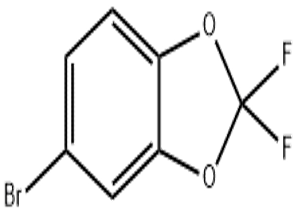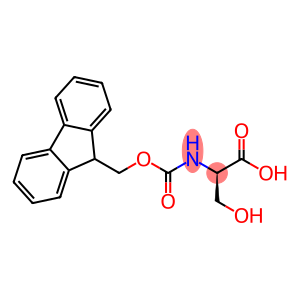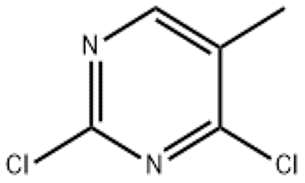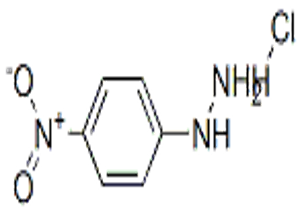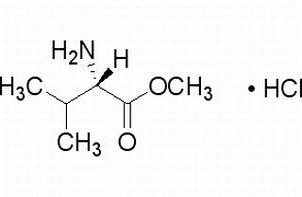N-[(tert-butoxy)carbonyl]-L-tryptophan (CAS# 13139-14-5)
Introduction:
N-Boc-L-tryptophan is a chemical compound that is a protective group of L-tryptophan (the protective effect is achieved by the Boc group). The following is an introduction to the properties, uses, preparation and safety information of N-Boc-L-tryptophan:
Quality:
- N-Boc-L-tryptophan is a white crystalline solid with a peculiar odor.
- It is stable at room temperature.
- It has low solubility and is soluble in some commonly used organic solvents.
Use:
- N-Boc-L-tryptophan is widely used in organic synthesis.
- It can be used as a ligand for chiral catalysts.
Method:
- N-Boc-L-tryptophan can be synthesized by reacting L-tryptophan with Boc acid (tert-butoxycarbonyl acid).
- The synthesis method is usually carried out in anhydrous organic solvents such as dimethylformamide (DMF) or methylene chloride.
- Reactions often require heat, as well as the use of chemicals and catalysts.
Safety Information:
- N-Boc-L-tryptophan is generally considered to be a low-toxicity compound, but its specific toxicity and danger have not been studied in detail.
- Appropriate laboratory safety measures, such as wearing gloves, goggles, and a lab coat, should be taken when handling or handling N-Boc-L-tryptophan to avoid potential risks.


![N-[(tert-butoxy)carbonyl]-L-tryptophan (CAS# 13139-14-5) Featured Image](https://www.xinchem.com/uploads/N-tert-butoxycarbonyl-L-tryptophan.png)
